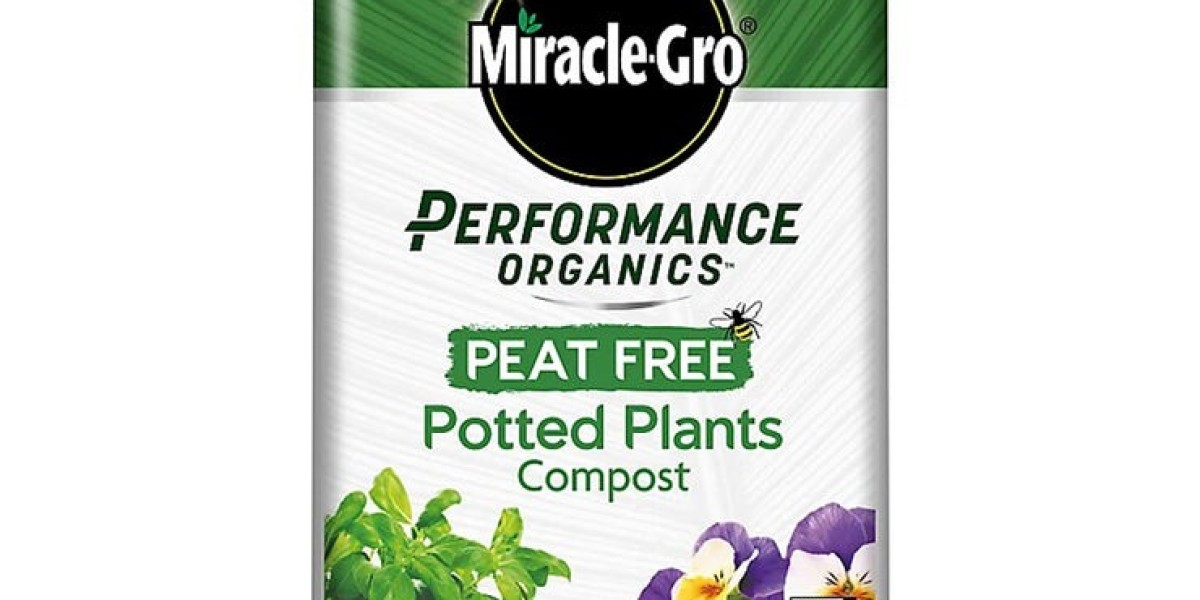Creating fruit and vegetable compost is an excellent way to reduce waste and enrich your garden soil naturally. Whether you're an experienced gardener or just getting started, composting can significantly enhance your gardening efforts. Fitfit Garden has demonstrated that composting with fruit and vegetable scraps not only supports sustainable gardening practices but also improves soil health, increases plant growth, and contributes to a greener environment. In this article, we'll explore the benefits of fruit and vegetable compost and provide a comprehensive guide on how to make it.
The Environmental Benefits of Fruit and Vegetable Compost
Composting fruit and vegetable scraps is a simple yet powerful way to contribute to environmental sustainability. Organic waste makes up a significant portion of landfill content, where it decomposes anaerobically, producing harmful methane gas. By composting at home, you divert these scraps from landfills, reducing greenhouse gas emissions. Additionally, composting helps recycle nutrients back into the soil, creating a closed-loop system that minimizes the need for synthetic fertilizers, which can be harmful to the environment. Thus, making fruit and vegetable compost supports a healthier planet by reducing waste and lowering your carbon footprint.
Improving Soil Health with Fruit and Vegetable Compost
One of the primary benefits of using fruit and vegetable compost is its ability to improve soil health. Compost enriches the soil with essential nutrients, including nitrogen, phosphorus, and potassium, which are vital for plant growth. It also enhances soil structure, making it more porous and better able to retain moisture. This improved soil quality promotes healthier root development and increases the soil's ability to support robust plant life. Furthermore, composting introduces beneficial microorganisms to the soil, which help break down organic matter and improve nutrient availability to plants. This natural enrichment process leads to more fertile and productive garden soil.
How to Make Fruit and Vegetable Compost
Creating fruit and vegetable compost at home is straightforward and requires only a few basic steps. Start by choosing a suitable composting method; common options include using a compost bin, a pile, or a tumbler. Next, collect fruit and vegetable scraps, ensuring they are free from oils, meats, and dairy products, which can attract pests and create unpleasant odors. Layer these scraps with brown materials, such as dried leaves, straw, or cardboard, to balance the carbon-to-nitrogen ratio, which is crucial for efficient decomposition. Turn the compost regularly to aerate it and speed up the composting process. Within a few months, you'll have rich, dark compost ready to use in your garden.
What to Include and Avoid in Your Fruit and Vegetable Compost
For successful fruit and vegetable composting, it's essential to know what materials to include and what to avoid. Ideal green materials for composting include fruit and vegetable peels, cores, rinds, and scraps. You can also add coffee grounds, tea bags, and crushed eggshells. Brown materials, which provide carbon, are equally important; these include dry leaves, straw, paper, and cardboard. Avoid adding meat, dairy products, oils, and diseased plants to your compost, as these can cause odors, attract pests, and introduce pathogens. By carefully selecting your compost ingredients, you can create a healthy, balanced compost that will benefit your garden.
The Role of Fruit and Vegetable Compost in Sustainable Gardening
Incorporating fruit and vegetable compost into your gardening routine is a cornerstone of sustainable gardening practices. Composting reduces the need for chemical fertilizers, which can leach into waterways and harm local ecosystems. It also promotes biodiversity by supporting a range of soil organisms that contribute to healthy soil ecology. Moreover, composting helps conserve water by improving soil structure and water retention. By reducing waste and creating nutrient-rich soil amendments, composting supports a self-sustaining garden ecosystem. As gardeners embrace composting, they contribute to broader efforts to create a more sustainable and resilient food system.
Practical Tips for Using Fruit and Vegetable Compost in Your Garden
Once your fruit and vegetable compost is ready, there are several effective ways to use it in your garden. One of the most common methods is to mix the compost into the top few inches of soil before planting. This helps integrate the nutrients and improves soil structure right where plants need it most. You can also use compost as mulch by spreading a layer around plants to help retain moisture and suppress weeds. Another practical use is creating compost tea, a nutrient-rich liquid made by steeping compost in water. This tea can be used to water plants, providing an immediate nutrient boost. With these tips, you can maximize the benefits of your fruit and vegetable compost and enjoy a healthier, more productive garden.
Fruit and vegetable composting is a valuable practice that offers numerous benefits for both the environment and your garden. By reducing waste, enhancing soil health, and promoting sustainable gardening, composting helps create a greener, more sustainable future. Whether you’re a seasoned gardener or a beginner, incorporating fruit and vegetable compost into your gardening routine can lead to healthier plants and a more vibrant garden. Start composting today and experience the transformative power of this natural, eco-friendly practice.







